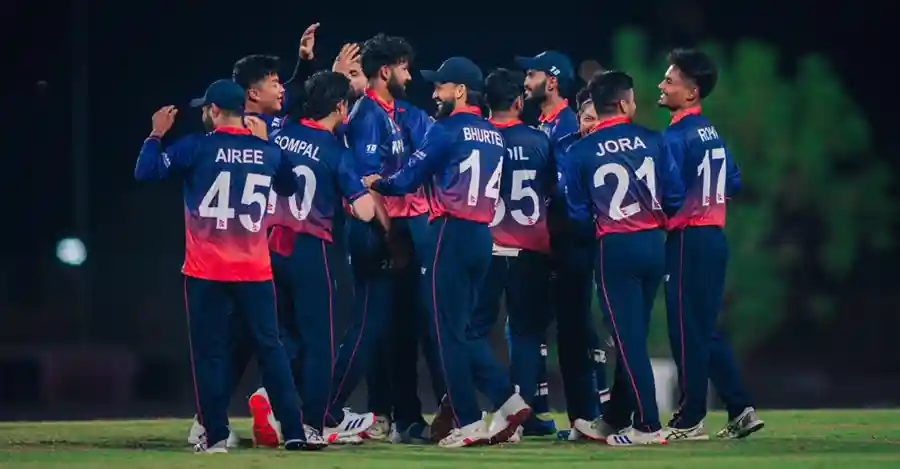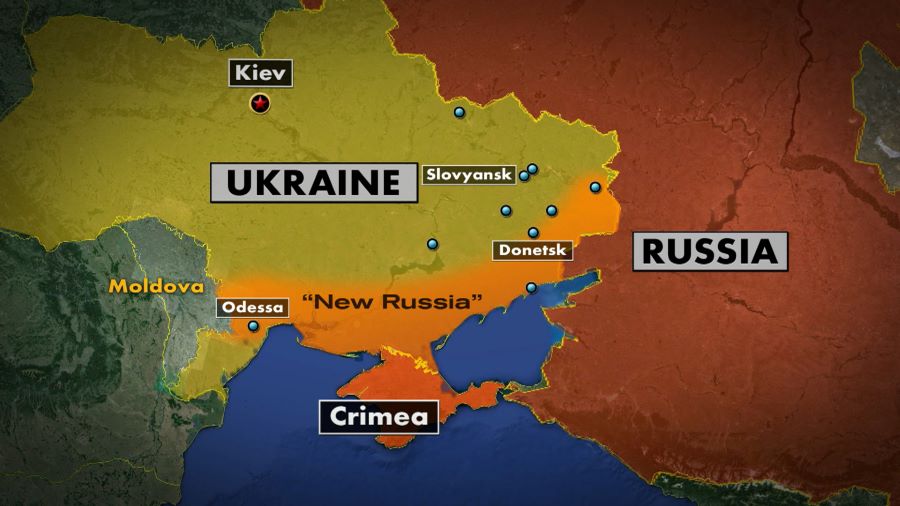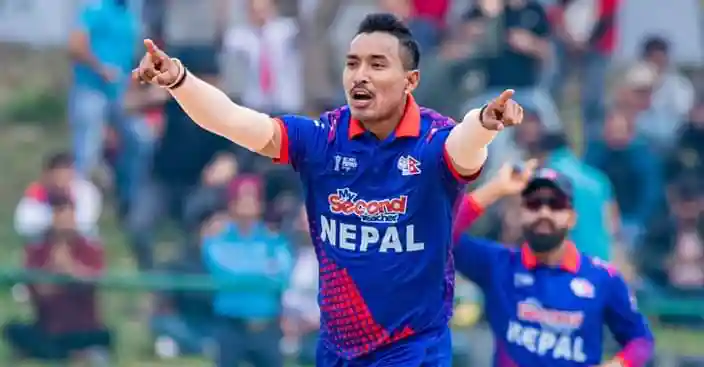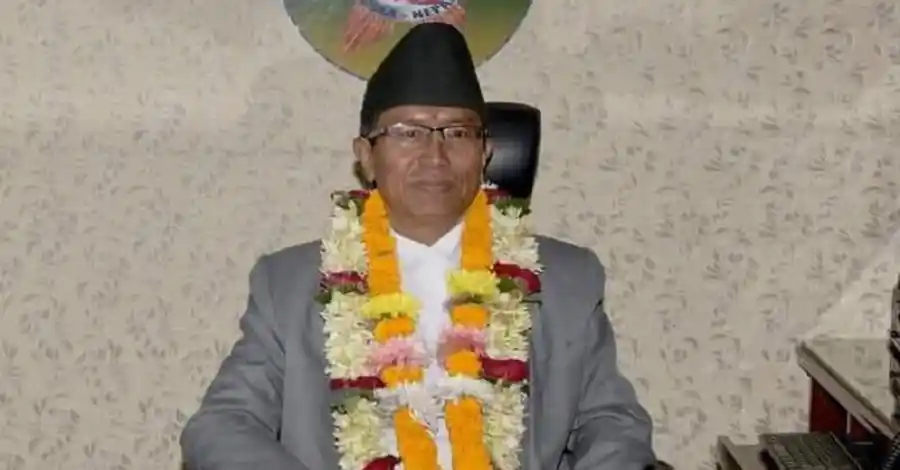kathmandu – In a dramatic escalation of Nepal’s ongoing youth-led reform movement, Gen Z activists stormed the Commission for the Investigation of Abuse of Authority (CIAA) headquarters in Tangal, Kathmandu, on Tuesday morning, demanding the immediate resignation of Chief Commissioner Prem Kumar Rai and all commissioners over allegations of political bias and compromised independence. The Nepal Gen Z CIAA protest, organized by the Gen-Z Movement Alliance, follows months of nationwide demonstrations that already toppled former Prime Minister K.P. Sharma Oli in September 2025. Youth protesters formally registered their resignation demand under file number L 16402/2082-6-21, questioning the impartiality of 52 constitutional officials appointed during Oli’s controversial tenure and challenging the legitimacy of Nepal’s premier anti-corruption institution itself.
Why Gen Z Is Targeting Nepal’s Anti-Corruption Commission
The Core Allegations Against CIAA Leadership
The Gen-Z Movement Alliance accuses Chief Commissioner Prem Kumar Rai and fellow commissioners of fundamental conflicts of interest that undermine the CIAA’s constitutional mandate to investigate abuse of authority. Their formal complaint centers on several explosive claims:
Key allegations:
- Political appointment bias: Rai was appointed by former PM K.P. Sharma Oli in February 2021 during a period of political turmoil
- Compromised independence: All current commissioners were selected through politically-influenced processes rather than merit-based transparent procedures
- Selective prosecution: Questions about why certain high-profile corruption cases advance while others stall
- Constitutional legitimacy crisis: Demand to nullify appointments of 52 constitutional officials appointed during Oli’s tenure
- Wide-body aircraft scandal: Special Court verdict directly criticized Rai for his role when he served as aviation ministry secretary
The Wide-Body Aircraft Scandal That Sparked Controversy
Special Court’s Damning Criticism of CIAA Chief
The credibility of the Commission for the Investigation of Abuse of Authority has come under serious strain following the publication of the Special Court’s full verdict on the wide-body aircraft procurement scandal, with the court naming and directly criticizing CIAA Chief Commissioner Prem Kumar Rai.
Prem Kumar Rai, currently the CIAA chief, was the secretary of the Ministry of Culture, Tourism, and Civil Aviation at the time and was also the chairman of the Nepal Airlines Corporation’s board of directors during the controversial aircraft purchase that is now the subject of major corruption investigations.
The scandal timeline:
- 2015-2018: Nepal Airlines procures wide-body aircraft under questionable circumstances
- Rai’s dual role: Served as ministry secretary and airline board chairman during procurement
- Corruption allegations emerge: Questions about inflated prices and kickbacks surface
- 2025 Special Court verdict: Directly criticizes Rai’s conduct during the procurement
- Credibility crisis: Youth activists argue someone implicated cannot lead anti-corruption body
FATF Grey List Concerns Compound Crisis
If no necessary reform is carried out within two years, Nepal runs a risk of getting relegated to the dreaded black list by the Financial Action Task Force (FATF), the global money laundering and terrorist financing watchdog. The CIAA’s effectiveness directly impacts Nepal’s international standing and economic credibility.
Gen Z Movement Alliance’s Formal Demand
Tuesday’s Protest Action
Youth activists arrived at the CIAA headquarters in Tangal early Tuesday morning, carrying banners demanding transparency and accountability. Rijan Ranamagar, spokesperson for the Gen-Z Movement Alliance, explained their strategy:
“We formally registered a petition demanding resignations based on ethical grounds. Before this, we launched a social media campaign calling for resignations. Yesterday we sent letters via email to the CIAA and the Prime Minister’s Office, and today we formalized it by registering the petition.”
Protest timeline:
- Monday evening: Alliance sends resignation demand letters via email to CIAA and PM’s office
- Tuesday morning: Youth protesters gather at Tangal CIAA headquarters
- Formal registration: Petition filed under registration number L 16402/2082-6-21
- Enhanced security: Police increase presence at CIAA and other government offices
- Social media amplification: #ResignPremRai trending across Nepali Twitter and Facebook
Context: Nepal’s Historic Gen Z Uprising
From “Nepo Kids” to Government Overthrow
What began as a Gen Z-led social media movement against the lavish lifestyles of “Nepo Kids” led to the ousting of a prime minister and the deadliest social unrest Nepal has seen in years.
The current CIAA protest represents the latest phase in Nepal’s extraordinary youth-led reform movement that erupted in September 2025:
September 2025 protests recap:
- Initial trigger: Social media ban imposed by PM Oli government
- “Nepo Kids” campaign: Exposing corruption and nepotism among political elites’ children
- Violent crackdown: At least 21 protesters killed by police during demonstrations
- Government buildings burned: Parliament, Supreme Court set ablaze by angry protesters
- PM resignation: K.P. Sharma Oli stepped down September 9, 2025
- Continuing momentum: Youth activists now targeting institutional corruption
As if economic distress wasn’t enough, the Nepali youth was bombarded with reports of widespread corruption, with more than ten cases emerging of corruption involving former prime ministers, ministers, and bureaucrats in 2025 alone.
Systemic Corruption Fuels Youth Anger
Prime Minister Khadga Prasad Oli stepped down on September 9, just five days after the social media ban ignited nationwide protests, demonstrating the rapid power of coordinated youth activism in Nepal’s digital age.
The Gen Z movement represents fundamental generational frustration with:
- Endemic corruption: Political elites enriching themselves while citizens struggle economically
- Nepotism: Well-connected families dominating political and economic opportunities
- Impunity: Powerful figures avoiding accountability for corruption
- Institutional capture: Constitutional bodies serving political masters rather than citizens
- Youth unemployment: Limited opportunities for educated young Nepalis
The 52 Constitutional Appointments Controversy
Oli-Era Appointments Under Scrutiny
The Gen-Z Movement Alliance demands nullification of 52 constitutional body appointments made during K.P. Sharma Oli’s tenure as Prime Minister. Critics argue these appointments violated constitutional principles through:
Alleged appointment irregularities:
- Parliamentary bypass: Appointments made without proper consultation procedures
- Political loyalty prioritized: Candidates selected based on party affiliation rather than merit
- Rushed timelines: Multiple positions filled hastily during political transitions
- Lack of transparency: Limited public consultation or vetting processes
- Constitutional violations: Procedural requirements allegedly ignored or circumvented
Rai’s appointment was controversial to say the least, with observers questioning the process by which he was elevated to lead Nepal’s premier anti-corruption institution.
CIAA’s Troubled Track Record
Questions About Selective Prosecution
Media reports suggest that key suspects claimed to have paid bribes directly to top officials, including Oli’s chief aide and even CIAA chief Prem Kumar Rai when he was Home Secretary, raising profound questions about conflicts of interest at the highest levels of Nepal’s anti-corruption apparatus.
Critics point to concerning patterns:
Prosecution selectivity concerns:
- High-profile cases stalled: Some major corruption investigations languish without progress
- Lower-level officials targeted: Small-scale corruption prosecuted while major scandals go unpunished
- Political protection suspected: Certain connected individuals appear immune from investigation
- Resource allocation questions: CIAA budget and staffing priorities questioned
- International reputation damage: Nepal’s corruption perception ranking continues declining
Prem Kumar Rai’s Defense
Chief Commissioner of the Commission for the Investigation of Abuse of Authority, Prem Kumar Rai, has raised concerns over the government’s lack of action in recovering assets hidden abroad by corrupt individuals, positioning himself as frustrated with political interference rather than complicit in it.
Rai’s supporters argue:
- He lacks resources and political support to prosecute powerful figures
- Constitutional constraints limit CIAA’s investigative authority
- He has publicly criticized government corruption repeatedly
- Calls for his resignation undermine anti-corruption institutional capacity
- Replacing leadership won’t solve systemic problems requiring political will
What Happens Next: Potential Scenarios
Scenario 1: Rai Resigns Under Pressure
If Chief Commissioner Rai and commissioners resign as demanded:
Potential consequences:
- Precedent established: Youth activism successfully removes constitutional officials
- Appointment reform pressure: New selection process required for replacements
- CIAA operational disruption: Leadership vacuum during critical cases
- Political calculation shifts: Other controversial appointees face similar pressure
- Reform opportunity: Chance to restructure CIAA with genuine independence
Scenario 2: Government Stands Firm
If authorities refuse resignation demands:
Likely outcomes:
- Escalating protests: Gen Z activists intensify demonstrations
- Legitimacy crisis deepens: CIAA credibility further eroded
- International attention: Foreign observers question Nepal’s anti-corruption commitment
- FATF implications: Grey list status potentially transitioning to blacklist
- Political instability continues: Youth movement expands targets
Scenario 3: Compromise Solution
A middle path might involve:
- Independent investigation: External review of appointment procedures
- Partial resignations: Some commissioners step down while others remain
- Institutional reforms: New selection criteria and transparency measures
- Parliamentary action: Legislative changes strengthening CIAA independence
- Youth representation: Including Gen Z voices in reform discussions
Regional Context: Youth Activism Across South Asia
Part of Broader Gen Z Political Awakening
Nepal’s protests mirror youth-led movements across South Asia and globally:
Regional comparisons:
- Sri Lanka 2022: Youth protests toppled President Gotabaya Rajapaksa
- Kenya 2025: Ongoing Gen Z demonstrations challenging government
- Indonesia 2025: Youth protests against authoritarian measures
- Bangladesh 2024: Student-led movement forcing political change
The distance between Kathmandu and Washington is vast, but the warning is shared: without credible rules and accountability, even old democracies wobble, suggesting Nepal’s Gen Z uprising carries lessons for democratic governance worldwide.
Expert Analysis: Can Youth Activism Reform Institutions?
The Challenge of Systemic Change
Political analysts question whether protest momentum translates into institutional reform:
Skeptical perspectives:
- Removing individuals doesn’t fix structural corruption problems
- Youth movements often lack concrete policy agendas beyond demands
- Established political parties may co-opt or suppress activism
- Constitutional reform requires parliamentary supermajorities
- International pressure insufficient to force domestic accountability
Optimistic perspectives:
- Gen Z’s digital coordination prevents traditional suppression tactics
- Youth activism shifts public discourse and political calculations
- Sustained pressure eventually forces incremental reforms
- Generational change inevitable as young people age into power
- International examples show youth movements can achieve lasting change
Conclusion: Nepal’s Accountability Crossroads
The Nepal Gen Z CIAA protest represents far more than a single day’s demonstration—it embodies fundamental questions about democratic accountability, institutional independence, and generational power in one of South Asia’s most politically turbulent nations.
Whether Chief Commissioner Prem Kumar Rai resigns or remains, the youth movement’s willingness to directly challenge constitutional bodies signals a historic shift in Nepali politics. No longer willing to accept elite impunity and institutional capture, Gen Z activists are demanding that anti-corruption bodies actually combat corruption rather than serve as political tools.
The coming weeks will reveal whether Nepal’s established political class can adapt to youth demands or whether confrontation escalates into another crisis. With enhanced security at government offices and formal petitions filed, the Gen-Z Movement Alliance has demonstrated sophisticated organizational capacity beyond social media hashtags.
For Nepal’s democracy, the stakes couldn’t be higher. Genuine anti-corruption reform could unlock economic development, restore international credibility, and rebuild citizen trust in governance. Continued resistance to change risks deepening instability, youth radicalization, and democratic backsliding.
As Rijan Ranamagar stated, the demand is simple: ethical resignation based on compromised impartiality. Whether institutions respond with reform or resistance will shape Nepal’s trajectory for decades to come.
External Resources:


















Comments